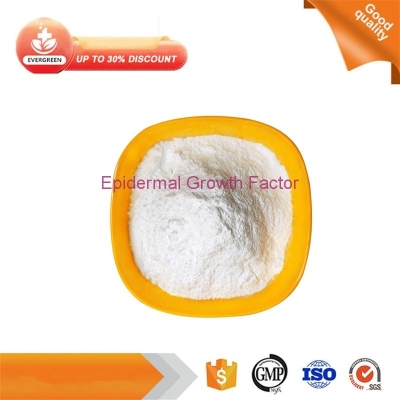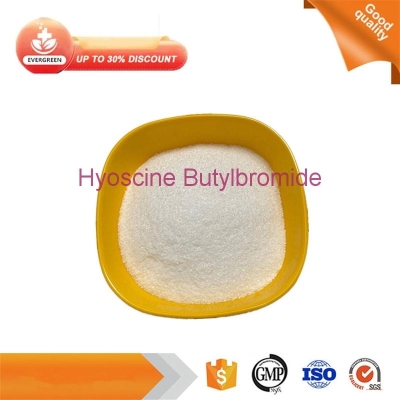-
Categories
-
Pharmaceutical Intermediates
-
Active Pharmaceutical Ingredients
-
Food Additives
- Industrial Coatings
- Agrochemicals
- Dyes and Pigments
- Surfactant
- Flavors and Fragrances
- Chemical Reagents
- Catalyst and Auxiliary
- Natural Products
- Inorganic Chemistry
-
Organic Chemistry
-
Biochemical Engineering
- Analytical Chemistry
- Cosmetic Ingredient
-
Pharmaceutical Intermediates
Promotion
ECHEMI Mall
Wholesale
Weekly Price
Exhibition
News
-
Trade Service
【Clinical history】: Patient, male, 50 years old, admitted to the hospital
【Image Image】:CT image
【Image Performance】:
Figure 1: CT enhancement shows that the omentum is twisted in a clump, resembling a "nebula" (arrow
Figure 2: CT enhanced visible false envelope shadow (arrow).
Figure 3: CT enhancement shows that the blood vessels in torsion gather toward the edges and appear "petal-shaped" (arrow).
Figure 4: Coronal surface reorganization shows that the blood vessels gather towards the torsion point and appear "petal-like" (arrow).
Figure 5: Sagittal surface recombination shows that the blood vessels at the torsion are swirling (arrows
Diagnostic imaging: torsion of greater omentum
【Clinical treatment】: After 2 days of anti-inflammatory treatment, the patient's abdominal pain has no obvious relief, there is a tendency to worsen, and the scope of abdominal pain is expanded, involving the entire right abdomen, showing persistent dull pain, unbearable
Fig.
[Postoperative diagnosis]: primary omentum partial torsion and necrosis, localized peritonitis
【Discussion】:Omentum torsion is a rare acute abdomen, the main clinical symptoms are sudden abdominal disease, mostly colic, continuous progressive exacerbations, can be complicated by gastrointestinal symptoms, such as nausea and vomiting, activity can make the pain worse
The disease was first reported in 1899, and more than 300 cases have been reported so far, only 1 case was correctly diagnosed by CT examination before surgery, and the preoperative misdiagnosis rate is close to 100%.
Combined with the CT manifestations of this case and previous literature, the CT signs of omentum torsion have the following characteristics:
(1) "Nebula sign" or "star cluster sign", that is, the twisted omentum is clumpy, but the interior is more dispersed, which is caused by the edema and exudation of more omentum structure, blood vessels and fats in it, and its internal structure is more disordered and the density is uneven
(2) "False envelope sign", the edge of which can be seen false envelope wrapping, may be adjacent to the layer of peritoneum or omentum wrap formation, torsion point false envelope is often incomplete and irregular
(3) "Whirlpool sign", usually in the twisted root of the omentum can be seen thickening and rotating mesangial blood vessels in the form
Omentital torsion often leads to compression of mesangial blood vessels, prone to ischemic necrosis, and early and accurate diagnosis is of great significance







